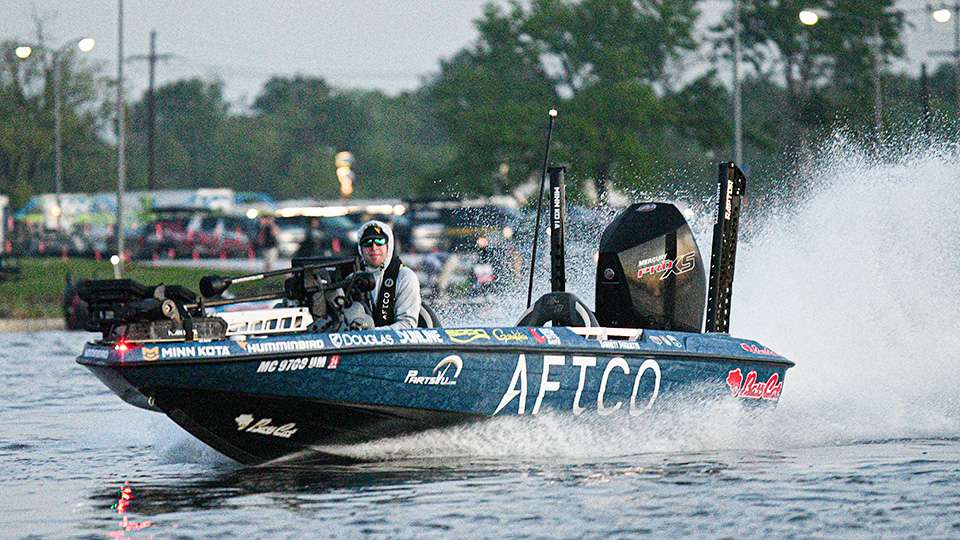
Back in 2017, while I was trying to qualify for the Bassmaster Elite Series, I wanted to adopt a new approach to enhance my game. My plan was to strategically work on techniques and skills that would allow me to become more competitive in tournament bass fishing. I set out to evaluate the techniques and lures that have had success in fishing in a statistical way. I was eager to see what I could learn from them.
I decided to concentrate on those techniques and baits that had earned anglers a Top 10 slot in the Bassmaster Elite Series and Bassmaster Opens. I focused on the previous five years because of changes in technology. Anything older wouldn’t be relevant to the present time. I compiled a database breaking down every single technique and lure into an Excel spreadsheet.
The numbers were eye-opening to say the least. Some things were expected; others really made me look deep into my own approach to the sport.
For instance: At the time my specialty was throwing a lipless crankbait. I’d spent countless hours learning it in the waters around my home in Michigan. After looking at the data, I realized a lipless crankbait accounted for exactly 1% of the Top 10 finishes during those five years. Maybe that wasn’t the technique I needed to put a lot of my focus and effort into perfecting.
On the other side of my statistics, flipping and pitching came in as the most dominate technique. It accounted for over 27% of Top 10 finishes. The next highest was the ever-so-popular drop shot. Without getting too far into the weeds, it’s important to consider that flipping and pitching is mostly a largemouth technique. A drop shot is more dominant in smallmouth-favored tournaments. Nevertheless, the data gave me a place to start.
In the third and fourth spot were two lures I never would have guessed would be up that high. Swimbaits came in with a 9.5% Top 10 finish rate and jerkbaits at 7.5%. I immediately started working on both.
These are just a few examples of how I used this newly acquired data and how I implemented it into my game. However, I won’t tell you that these statistics tell the whole story.
Fishing is not an exact science. There are no set rules. At the end of the day it’s about Mother Nature. Seasonal differences matter, and so do weather conditions. There are times when flipping and pitching for largemouth won’t get the job done. You may do better with a lipless crankbait. A drop shot may not always be the answer for a giant smallmouth.
Mother Nature notwithstanding, statistics over a period of years say something. Trends do emerge. Conditions and locations may change — and you might have an unusual year like we did in 2020 — but when we see the same techniques and lures fished over time we need to realize that those are the things that’ll get an angler to the top.
Having numbers-driven knowledge of what the successful anglers were doing helped me immensely to improve my fishing for the Elites in the 2019 season. In fact, I’m not sure I’d have made it without them.
And so, I respectfully suggest that when B.A.S.S. shows us the winning baits, everyone take note, especially if you want to upgrade your competitive performance. The numbers don’t lie.





